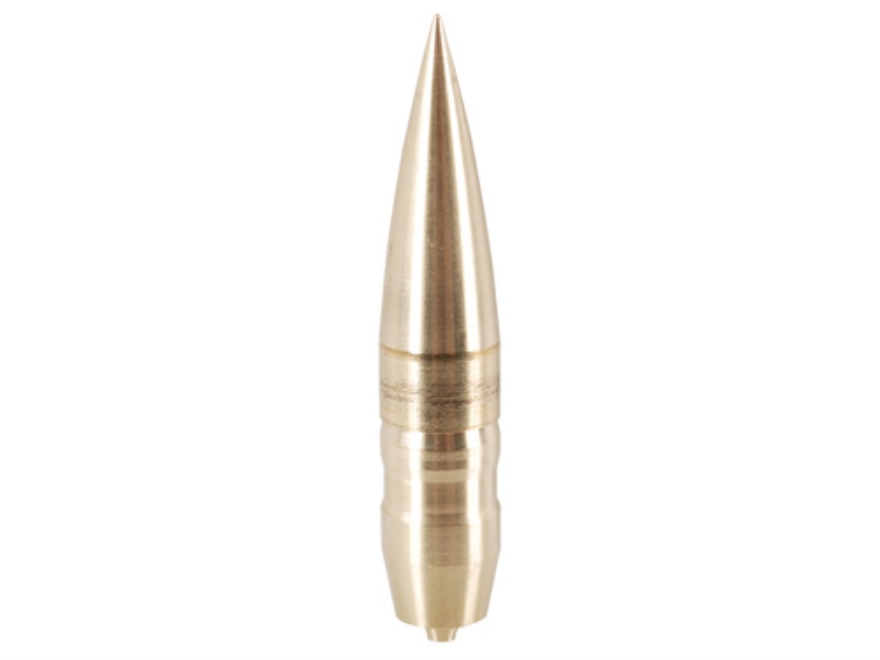Zeroing a Rifle
Long range shooting is almost always done with the aid of a
scope mounted on the top of the rifle. A good one will
be durably built, have high quality lenses that permit
excellent focus over a long range, and have high precision
adjustments. The adjustments include, but are not
limited to:
- Elevation adjustment, which moves the scope to point more upwards or more downwards relative to the rifle's barrel.
- Windage adjustment, which moves the scope to point more
leftward or more rightward relative to the rifle's barrel.
The power of these calculations are best demonstrated by successful shots, such as by the long range shooting enthusiast and YouTube channel owner, 1Grizzman.
